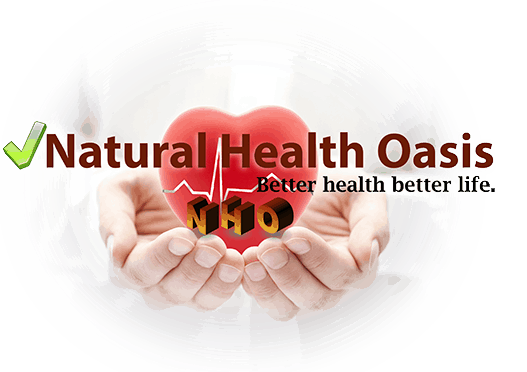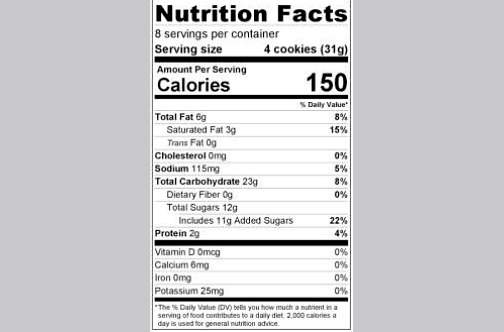KNOW what’s in your FOOD
BY ROCHELLE WILLIAMS
Sunday, November 04, 2018
MOST of us over 50 remember the days when meals were simple, when most of our food came from a farm or the backyard, when butchers were the source of meat, and, all too often, the chicken dinner on the table was, just hours before, a live bird running around the yard.
How times have changed!
Now, most of the food we eat is packaged. What that means is that you really don’t know what you’re eating.
Food is not simple anymore. When you walk into a supermarket you are faced with several varieties of grains and a range of edible oils, canned fish, ready-made meals, and the list goes on. In such a scenario, it is natural to shop mindlessly.
If a major portion of your diet is coming out of a box, bag, or a can, you should definitely be aware of what you are really putting into your system. That’s why reading food labels is important.
Watch those allergies
The national food industry task force at the Bureau of Standards Jamaica has made recommendations for improved labelling, including clearer nutritional facts and better explanations of the percentage of daily values in packaged foods. It’s important to do this, for a number of reasons. You might be allergic to an ingredient that is present in processed food, or the salt or fat content might be too high for your particular health condition.
Food allergens is one of the main reasons why you should pay attention to labels. The Bureau of Standards Jamaica requires that packagers of processed foods must clearly identify the food source names of any ingredients that are one of the major food allergens or contain any protein derived from a major food allergen. As a result, food labels help allergic consumers identify offending foods or ingredients so they can more easily avoid them.
People who process foods for export must also be aware of labelling requirements of the countries for which the foods are destined. Exporters of food products to the United States now face the threat of having their goods rejected at port of entry into that country if they fail to comply with new food safety regulations issued by the United States Food and Drug Administration (FDA). These regulations include stringent labelling requirements.
Consumers should be aware that the nutritional information found on a food label is based on one serving of that particular food. That is one of the most common mistakes people make when reading food labels. A food label may indicate that a food has 100 calories and only five grams of sugar, for example. But if you look at the number of servings, it may state three. That means, if you were to eat the entire package you would be getting three times the amount shown on the food label — in this example, 300 calories and 15 grams of sugar. Don’t be fooled, always look at what makes one serving (which the food label information is based on), and how many servings are in that package.
Food labels also tell exactly what is inside the package — just look at the list of ingredients. The first ingredient represents the ingredient with the most amounts, the second ingredient is the second highest amount and so on.
Learning how to read and understand food labels can help you make healthier choices. Healthy dietary choices can help you manage or reduce your risk of developing preventable chronic diseases, such as cardiovascular disease and hypertension.
Rochelle Williams is a food safety scientist at Technological Solutions Limited, a Jamaican food technology company.





